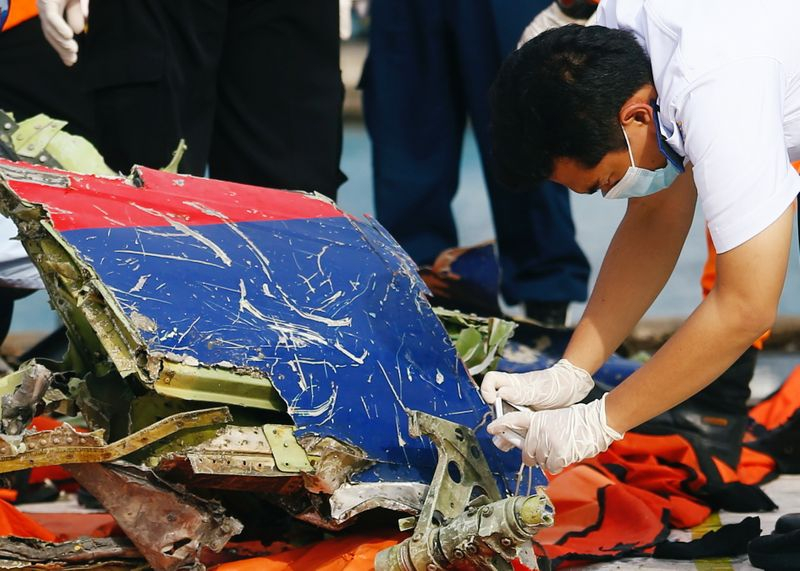Boeing reminds pilots to monitor planes closely following Indonesia crash: sources By Reuters

(Reuters) – Boeing (NYSE:BA) Co has issued a technical bulletin to airlines reminding them to ensure pilots closely monitor the airplane’s state and flight path to prevent a loss of control in flight, according to two people with knowledge of the matter.
The bulletin was sent after Indonesia issued a preliminary report into a Jan. 9 Sriwijaya Air crash that killed all 62 people on board a 737-500.
It was not explicitly linked to that crash and covers other Boeing models but it addresses one of the potential areas of interest for investigators following the accident, pending the discovery of the cockpit voice recorder memory unit.
Manufacturers have periodically issued such reminders and Boeing said it regularly communicates with customers on how they can safely and confidently operate their airplanes.
“In close coordination with investigative and regulatory authorities, these latest communications reinforce the importance of industry-wide and Boeing guidance and training materials on aircraft upset prevention and recovery,” the U.S. planemaker said.
Bloomberg first reported on the issuance of the bulletin.
Boeing, which was criticised for blaming pilots over a 2018 737 MAX crash in Indonesia later tied to a faulty system, has not issued any comment on the causes of the Sriwijaya crash.
According to an industry-wide safety analysis issued by Airbus SE last year, loss of control in-flight represents the largest category – or 33% – of all accidents since the start of the jet age.
Safety experts caution it is too early to say what caused the Sriwijaya crash. Most accidents are caused by a chain of separate factors.
The Sriwijaya preliminary report found the plane had an imbalance in engine thrust that eventually led it into a sharp roll and then a final dive into the sea.
When the plane reached 8,150 feet (2,484 m) after take-off, the left engine throttle lever moved back while the right lever stayed in its original position.
One of the pilots was speaking to air traffic control and there is no evidence in the report that they noticed a difference in thrust.
At about 10,900 feet, the autopilot disengaged and the plane rolled to the left more than 45 degrees and started its dive, crashing around 25 seconds later, the report said.
The report highlighted the importance of upset recovery training for pilots and the recognition of repetitive plane defects, just over six years after an AirAsia Indonesia A320 crash where those were among the issues raised.

